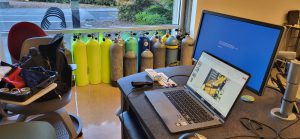
Cylinder Inspection Training: Why a Maintained Cylinder Is a Happy Cylinder
Uncover the importance of gas cylinder inspections and training. Dive deep into ensuring safety, boosting efficiency, and prolonging cylinder life.
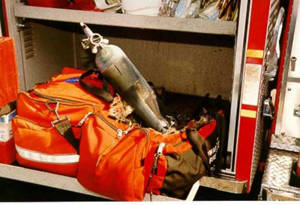
Oxygen cylinders are used by professionals to help save lives and heal the injured. Oxygen is a life sustaining gas and the use of it can help heal when used properly. Oxygen cylinders are commonly seen in ambulances, hospitals, airplanes, care facilities, dive operations and persons’ private homes; places where it can be accessed quickly and easily when needed.
What people may not realize is that each time the oxygen valve is turned on to check the functions of the regulator, they are exposing the oxygen regulator to an immediate increase in pressure. This sudden increase in pressure can cause adiabatic compression which generates heat. If the temperature is great enough, and there is particle impingement, it can cause particles to burn. When the burning starts the oxygen within the cylinder accelerates the process causing catastrophic effects.
A firefighter was performing a daily check of the oxygen cylinder located on an ambulance. When the firefighter turned the valve to check the function of the regulator, two flames shot out 4 feet and caught his clothing on fire. Other firefighters, working nearby washing a fire truck, were able to use their hose to extinguish the flames on the victim firefighter. The cylinder continued to burn for another 30+ seconds before it was able to be extinguished. The firefighter had 1st, 2nd and 3rd degree burns over 35% of his body. He was later airlifted to a burn center.
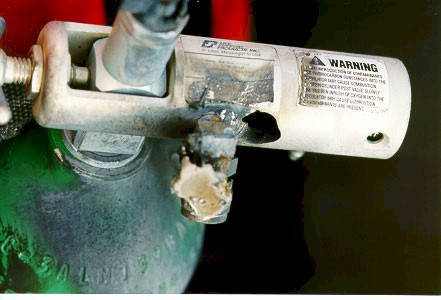
During the investigation the inspectors realized that the oxygen regulator was manufactured with Aluminum. Aluminum ignites at a much lower temperature than the more common Brass regulators. Aluminum has been reported to ignite with as little as 35psi. Brass has an ignition rating near 5000psi. Aluminum also burns faster and hotter than brass. In the listed case there was likely particle impingement from a filter. The impingement, and sudden rush of oxygen was enough to ignite the aluminum oxygen regulator.
The investigators came up with safety protocols for oxygen regulators, both brass and aluminum:
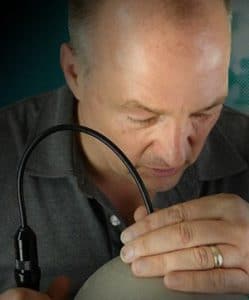
I enjoy continuing to build the business based on safety since 1999. CTS focuses on the inspection of high pressure cylinders, the maintaining of the valves and basic maintenance of high pressure compressor systems. CTS stays current in techniques and tools to train both the new and novice employee. We publish articles, update training tools and have created an APP to assist during the inspection process.
#cylinder #safety #hazmat #training #cylinderinspectiontraining #cylindex

Uncover the importance of gas cylinder inspections and training. Dive deep into ensuring safety, boosting efficiency, and prolonging cylinder life.
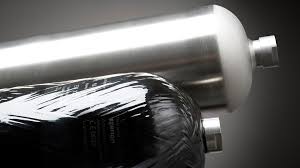
Is your composite cylinder showing signs of wear? Discover when to seek a professional repair service in our comprehensive guide.
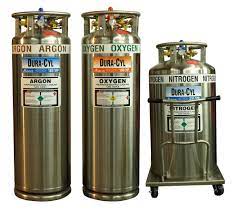
29 CFR 1910.101 intro Handling cryogenic cylinders involves working with extremely low-temperature gases that pose unique safety risks. To ensure the safe handling, storage, and transportation of these hazardous materials,
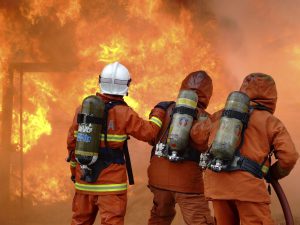
Introduction Firefighters encounter many risks while on duty, including hazardous materials and high pressure bottles. High pressure bottles are used for a variety of purposes in firefighting, including powering hydraulic